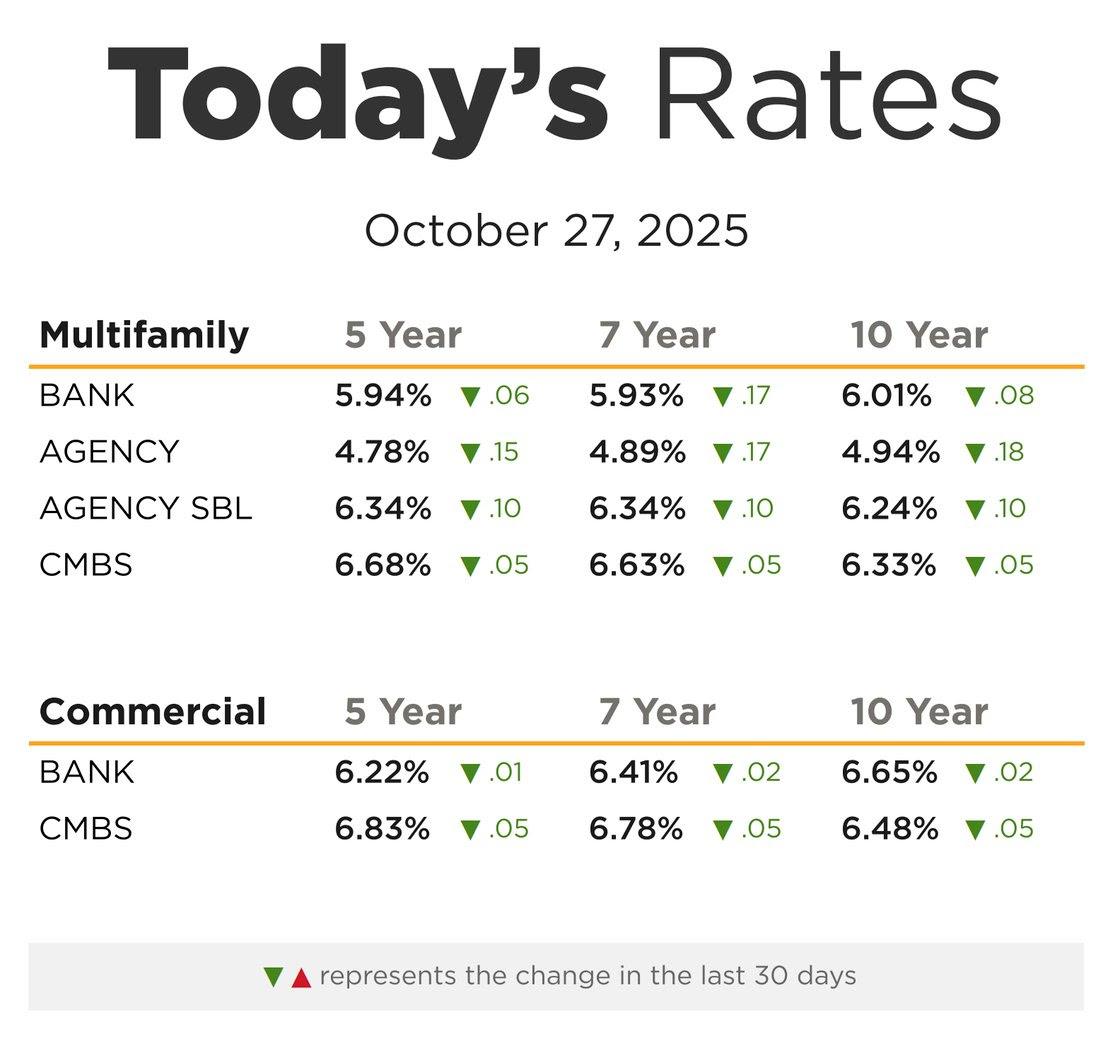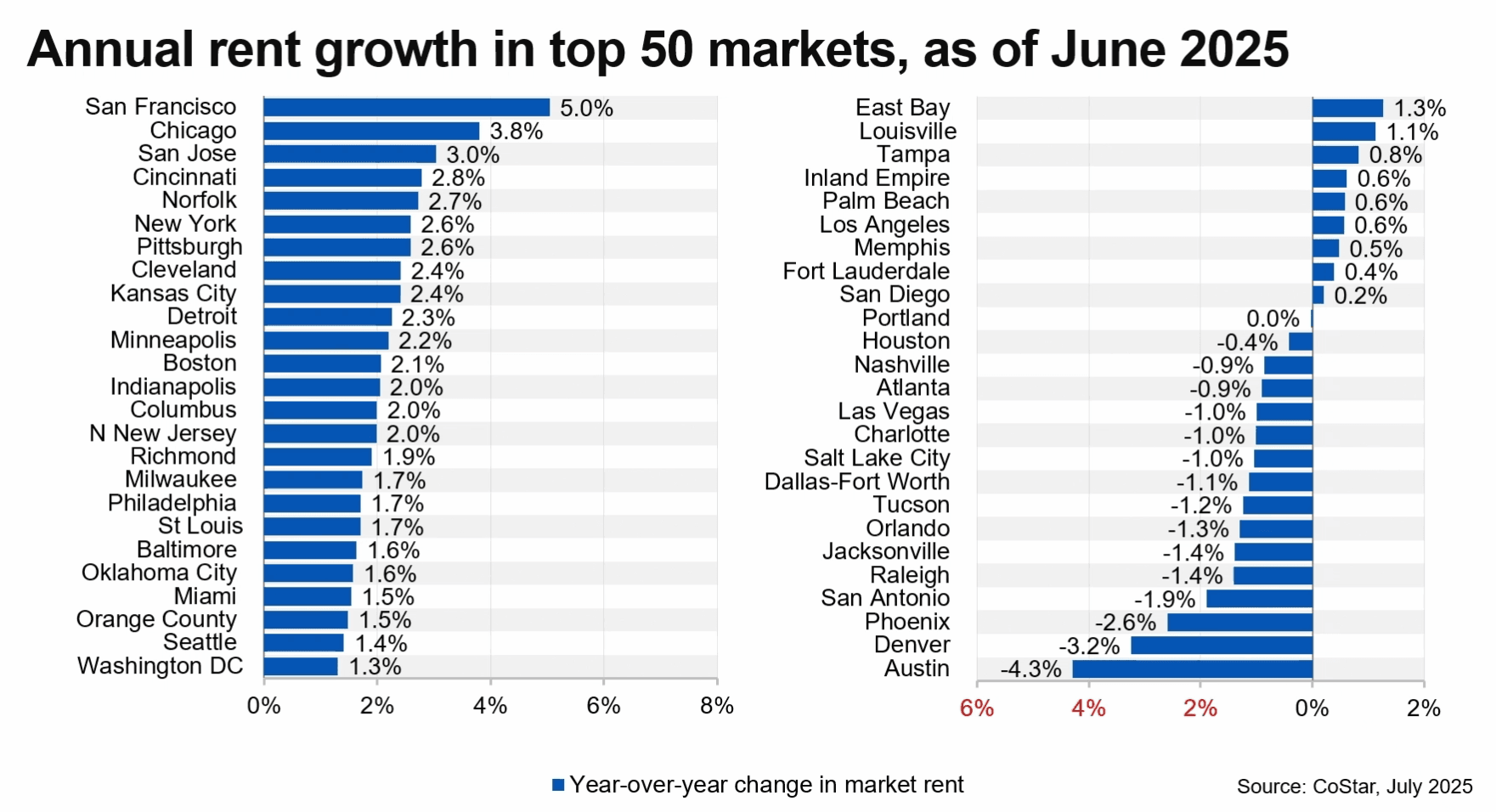JLL adds that inflation is also showing signs of slowing.
Real estate has long enjoyed the reputation as an inflation hedge. According to data and analysis from JLL, even with the spikes in CPI the US has been experiencing, that statement remains true, at least for multifamily. And as pressure builds on the ability to increase rents and allow continued profitable expansion, there’s evidence that the inflation rate has begun to slow.
“The national average rent growth for Class A multi-housing properties has surpassed inflationary growth by 198 basis points from 2010 to the first quarter of 2022,” according to JLL. “In fact, in the first quarter of 2022, national multi-housing rents increased 15 percent year-over-year, as rising inflation translated to significantly higher rents.”
Multifamily housing does have an ability to mark rents to market, increasing them both on an annual basis at renewal time and when there is turnover in units. According to Yardi Matrix, multifamily asking rents hit an all-time high in April of $1,659, with rents up 8.8% in all but one of the top 30 metropolitan areas.
That pricing strength has also enabled growing property values and cap rate compression. Walker & Dunlop’s latest multifamily outlook stated that nearly $290 billion in transactions were logged in 2021, more than double the total from 2020. “Part of the rebound in the multifamily market reflected a return by many renters who had vacated their urban apartments during the height of the pandemic, but vacancy levels were also flattened by the lack of new multifamily completions,” the report noted.
However, JLL’s framing does suggest that there might be limitations. Class A housing may be able to command continued rent growth from consumers with higher incomes. Whether that might be true for Class B or C housing, where consumers are likely to have more constrained financial resources, is far from clear.
Even for Class A, though, there are eventually limits. “The convergence of several trends over the pandemic, namely home buyer affordability issues, rapidly rising wages, population migration trends and a supply and demand imbalance have resulted in a level of rent growth that is unsustainable,” the JLL release quoted Geraldine Guichardo, JLL head of Americas living research and global head of research, hotels, as saying.
And negative leverage has emerged in multifamily, with shrinking returns for buyers despite rent hikes.
JLL is predicting that both inflation and rental growth will start moderating this year and through 2024, with rates eventually dropping below 5%.
Source: Multifamily Rent Growth Continues to Outpace Inflation
Receive Market Insights
Periodic analysis on rents, pricing, cap rates, and transaction activity across Chicago and key suburban markets.




Join The Discussion